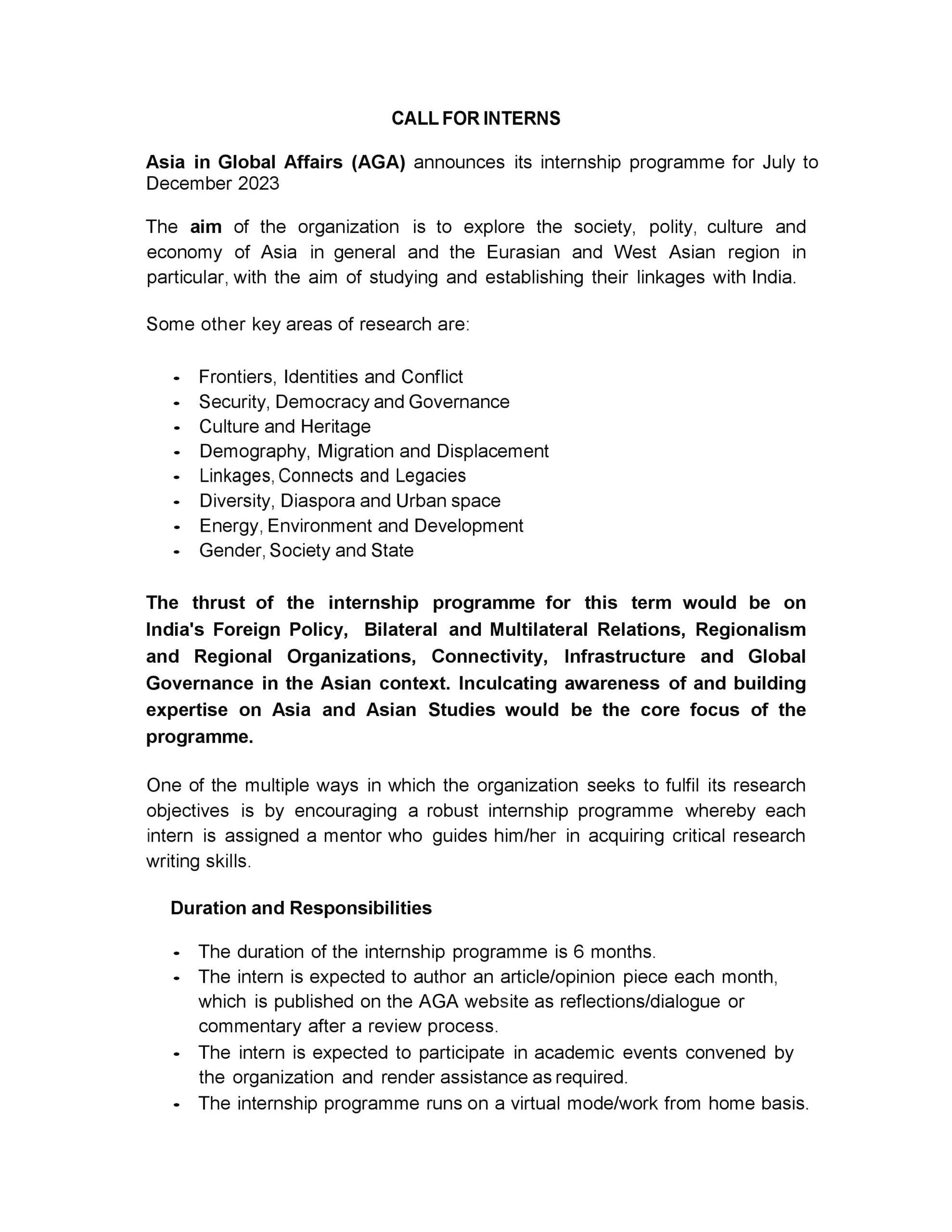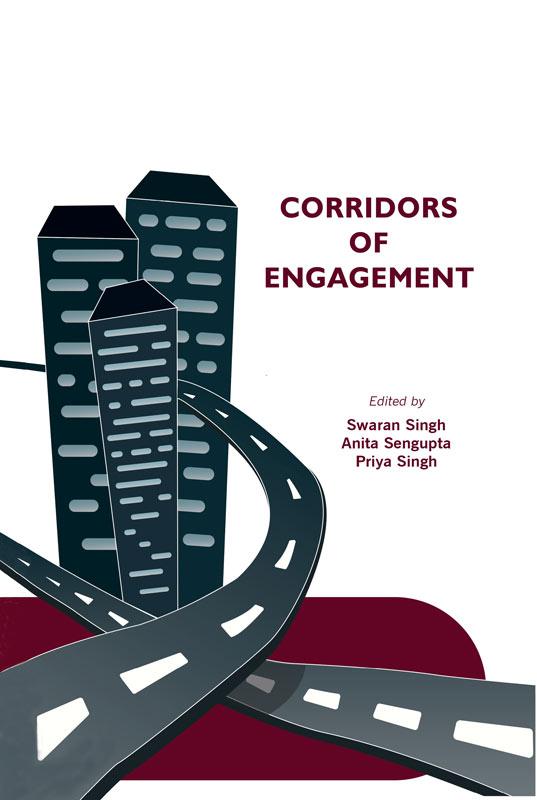REPORT
Dr. Madan Gopal Mukhopadhyay- a retired medical practitioner and a connoisseur of Indian cultural arts delivered a talk on his recently published book- ‘Postcards from the British Raj’, held on February 3, 2019 at the Eastern Zonal Cultural Centre from 11 am till noon. The event was organised in association with Asia in Global Affairs. Dr. Mukhopadhyay has worked extensively in the field of medical oncology and has also written widely on social issues. Divided in two sections, the first part of his book exhibits 133 cards depicting the various historical landmarks of old Calcutta, showcasing the Howrah Bridge, the post office, the Writer’s Building, among others; and the second section consists of 67 pictures of Indians across the country, chosen from the private collection of Dr. Mukhopadhyay.
Dr. Mukhopadhyay’s discussion expanded on areas covering the origin of postcards with special emphasis on picture postcards. The idea of postal cards was first suggested by Dr. Emanuel Herrmann in 1869, and was accepted by the Austrian-Hungarian government in the same year. The first picture postcard appeared in France in 1870. In 1872, the pictorial postal cards were taken up by the commercial houses for the purpose of advertising. Subsequently, America and England accepted the use of postal cards as it was a great source of revenue for them. Seeing the success of the commercial houses, the Columbian exposition in Chicago in 1893, put up a postal card exhibition for the world to see, and the exposition saw Swami Vivekananda in attendance. There were artists who painted beautiful paintings of serene scenes for postcards. With the demise of an era of lithography, picture postcards gained popularity with an easy access to photography. Indian postcards became immensely famous with the introduction of photography.
Through these photos, one gets to see the beauty of how India and Calcutta looked earlier, and the colossal change that it has encompassed over the years. Most of the postcards shown were at least 100 years old. These postcards often depicted monuments, activities, culture and vocations of people, and these postcards were sent back home to families with messages written on them as a means of communication which existed back then. Further, the speaker highlighted the importance of all the postcards through a power point presentation and their use in the context of colonialism in India. These vignettes from colonial India captured orientalist nostalgia of the audience at the seminar. A view of old houses, the High Court, the Raj Bhavan- the official residence of the Governor of West Bengal, the horse-drawn carts or tongas– places of true beauty in Calcutta were captured. Among the many photos were the images of the philanthropist Mother Teresa and musician Hemanta Kumar Mukhopadhyay; places of worship, including the famous Jain Temple and the St. Paul’s Cathedral, among the many sights worth visiting in Calcutta. He analysed the intricacies of the style of writing, the usage of ink and other writing instruments.
Dr. Mukhopadhyay also discussed about the tram lines which is a signature element of Calcutta and its streets. He also shared with the audience his keen interest in collecting postcards. They contain a distinctive personal touch of the sender and therefore have greater emotional value. The talk was followed by an interactive session wherein Dr. Mukhopadhyay interacted with the audience and answered questions in consonance to the discussion.
- Mahima Maniar


